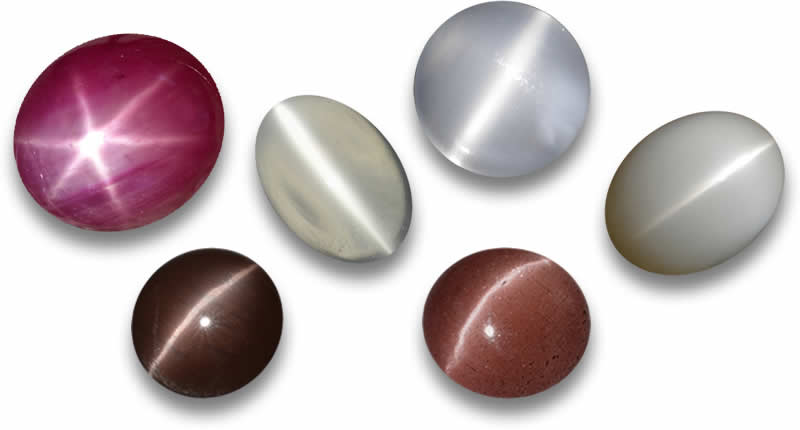How Rarity and Unique Properties Drive Interest and Value
In the world of gemstones, rarity and unique properties are pivotal forces that elevate both interest and market value. These factors distinguish exceptional stones from commonplace ones, captivating collectors, jewelers, and investors alike. Whether it’s a gem’s scarcity in nature or its extraordinary optical traits, these qualities create a powerful allure that transcends mere aesthetics. This article examines how rarity and uniqueness fuel demand and appreciation in the gemstone market as of April 2025.

The Role of Rarity
Rarity refers to the limited availability of a gemstone, often due to restricted geological occurrence or depleted sources. Scarce gems command higher prices and generate buzz among enthusiasts because their supply cannot easily meet demand.
- Limited Deposits: Gems like tanzanite, found only in Tanzania, gain value as their single-source mines near exhaustion.
- Historical Scarcity: Kashmir sapphires, largely mined out by the early 20th century, are prized for their finite supply from a legendary origin.
- Small Yield: Musgravite, with fewer than 20 known faceted stones, exemplifies how low production amplifies rarity and intrigue.
The Impact of Unique Properties
Unique properties—distinctive visual or physical traits—set gemstones apart, enhancing their desirability. These characteristics often stem from rare chemical compositions or optical phenomena, making each stone a natural marvel.
- Color Change: Alexandrite’s ability to shift from green to red under different lighting conditions fascinates buyers and drives its premium status.
- Fluorescence: Paraiba tourmaline’s neon glow, caused by copper, creates a vivid effect unmatched by other tourmalines.
- Asterism: Star sapphires and rubies display a star-like pattern due to needle-like inclusions, adding a captivating rarity to their appeal.
How Rarity and Properties Drive Value
The interplay of rarity and unique properties directly influences market dynamics:
- Collector Demand: Rare stones with standout traits become trophies for collectors, as seen with a 5.03-carat Paraiba tourmaline fetching $125,000 at auction in 2024.
- Investment Potential: Scarcity ensures long-term appreciation, such as musgravite’s value soaring past $35,000 per carat due to its limited existence.
- Market Exclusivity: Unique gems command higher prices by offering something competitors cannot replicate, enhancing their luxury appeal.
Comparing Gems by Rarity and Properties
The table below illustrates how rarity and unique properties affect the value of select gemstones:
| Gemstone | Rarity Factor | Unique Property | Avg. Cost (per carat, 2025) |
|---|---|---|---|
| Alexandrite | Few deposits | Color change | $10,000 - $70,000 |
| Paraiba Tourmaline | Limited Brazil mines | Neon fluorescence | $5,000 - $20,000+ |
| Musgravite | Extremely scarce | Subtle violet hues | $35,000+ |
| Star Sapphire | Rare asterism | Star effect | $500 - $5,000 |
Note: Costs vary by quality, size, and origin; ranges are approximate.
Market Trends and Buyer Interest
As of 2025, interest in rare and unique gems is surging, fueled by a growing appreciation for ethical sourcing and individuality. Buyers seek stones with stories—whether geological scarcity or optical rarity—shifting focus from mass-market gems to these exclusive finds. Auction houses report increased bids for such stones, reflecting their rising cultural and financial significance.
Conclusion
Rarity and unique properties are the twin engines driving interest and value in the gemstone market. From the scarcity of musgravite to the neon brilliance of Paraiba tourmaline, these qualities create a compelling blend of exclusivity and allure. For collectors and investors, these gems represent more than beauty—they embody nature’s rarest gifts, ensuring their enduring appeal and worth in an ever-evolving marketplace.

